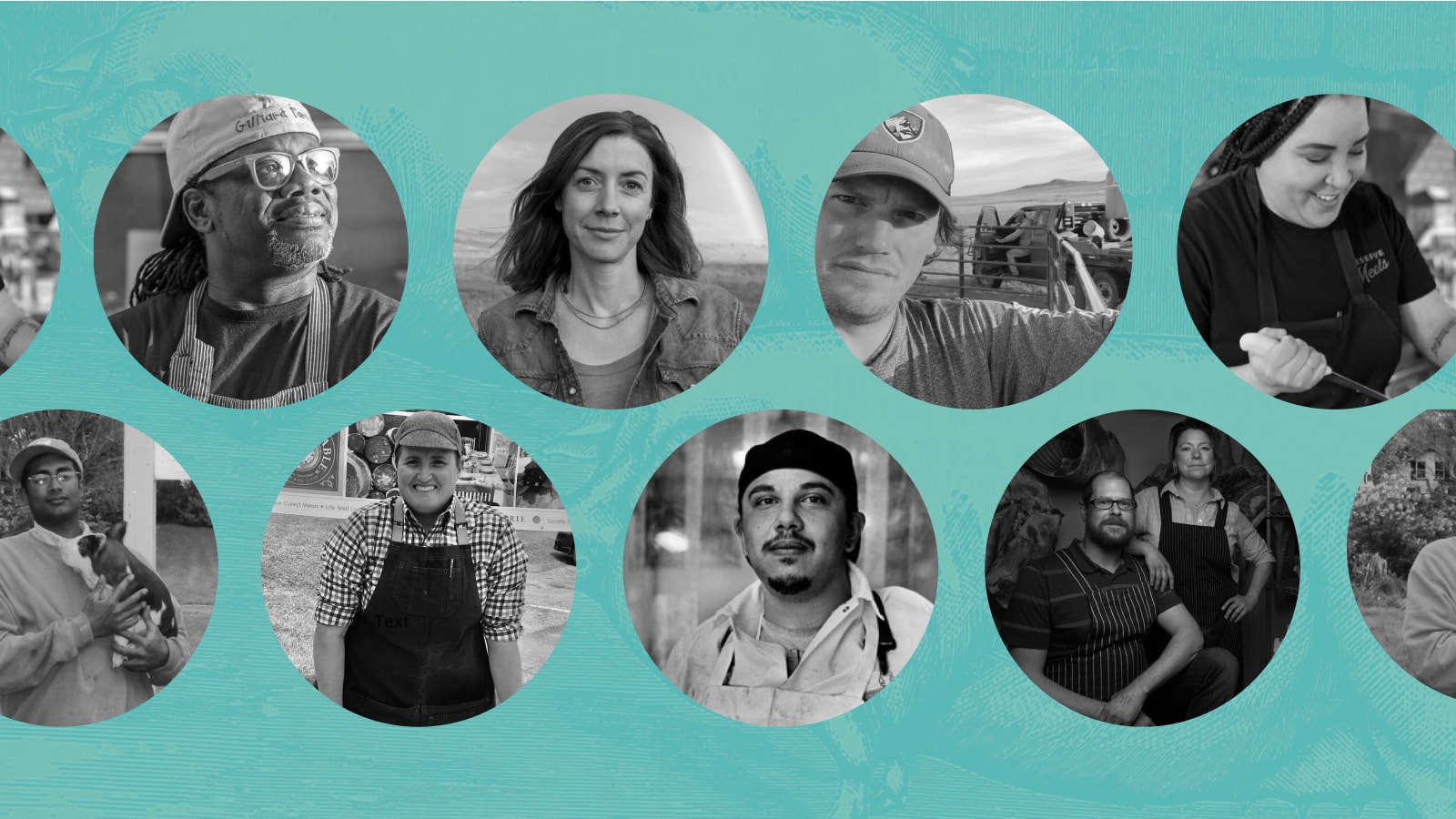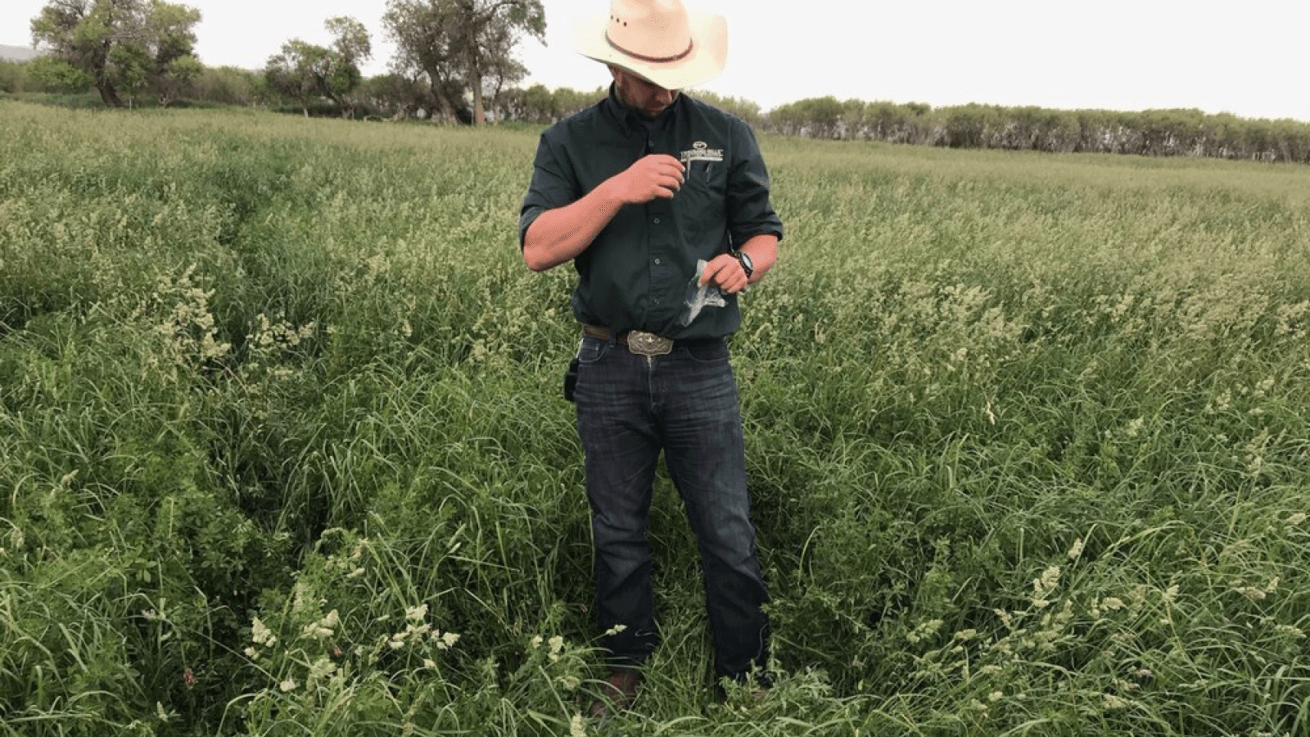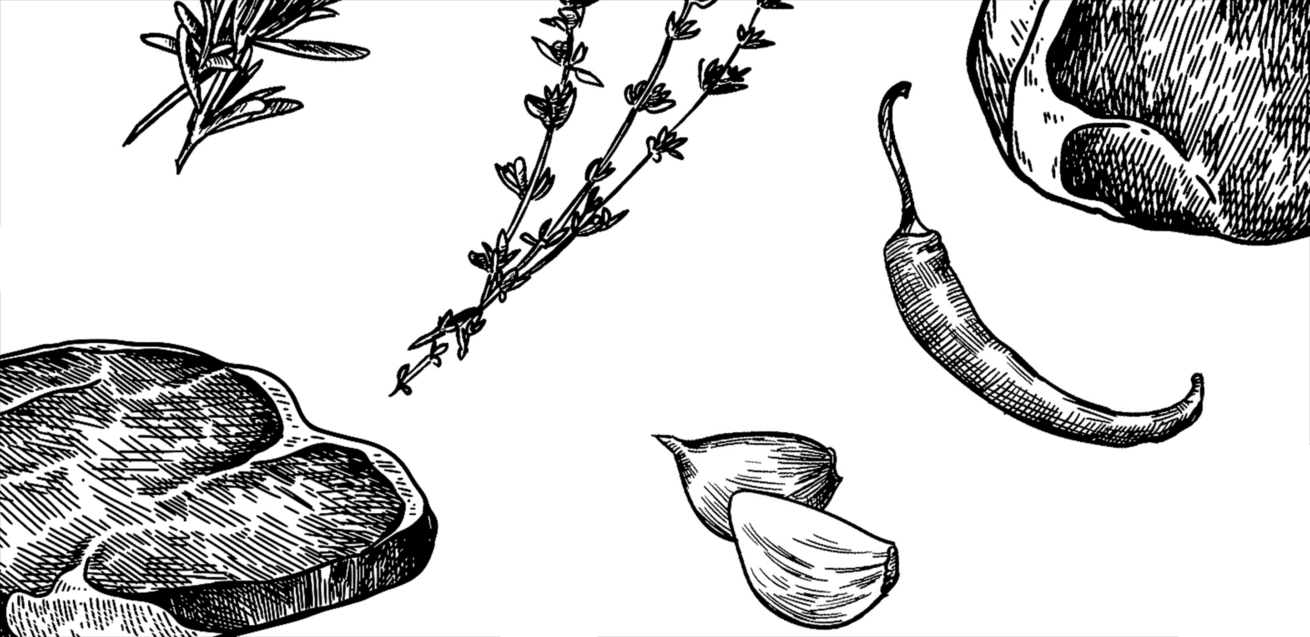Good Meat BreakdownGood Meat® Snapshots
Walker Kehrer


Walker Kehrer grew up in Southern California, far from any ranches. His first introduction to ranching was as an intern at TomKat Ranch. On his first day, he showed up in tennis shorts and tennis shoes.
Over the years, Walker proved to be quite a natural cattleman. Soon he was wearing Wranglers and cowboy boots, moving up to apprentice and then journeyman cattleman. After gaining land and livestock experience at TomKat Ranch, he ventured off to work as the producer liaison for Thousand Hills Cattle Company, which works with U.S. family ranchers across three regions (the Midwest, Northeast, and West) to produce 100% grass-fed beef with a mission to nourish soil, plants, cattle, and people by holistically grazing cattle. Each participating ranch is committed to regenerating their landscape and is certified through American Grassfed Association (AGA) and Savory’s Ecological Outcomes Verified. Together, this group of ranches manages more than 600,00 acres of land throughout the United States.
How does Thousand Acre’s define their Good Meat® values?
We pride ourselves on the fact that we do not allow confinement feeding, grain by-products or GMO plants. Our cattle are always on the land, managed holistically, and all while regenerating soil and grasslands. This is what we mean when we label our meat “lifetime grazed.”
What is your Good Meat® business model?
Thousand Hills partners with over 50 farmers and ranchers in over 20 states in the U.S. to raise and process 100% grassfed beef in strategically-placed locations that are well-managed, humane operations. That 100% grassfed beef then gets sold in natural food stores and co-ops in all 50 states. For people that don’t have access to a natural food store, they can order online and get it shipped to their front door.
What is one thing you wish more consumers knew about raising livestock?
At Thousand Hills we wish consumers realized that cattle (like all ruminants) are incredible tools for land management. There is a notion these days that cattle are bad for the land but this is just not true. They are just mismanaged by humans. But if cattle are raised for their whole lives on pasture and managed holistically then we can improve and regenerate these lands all the while creating a product that is healthy for the consumer.
What meat, or meat dish, do you eat most regularly and what do you eat for a special occasion?
I frequently like to eat flat iron steaks because they are a delicious, under-utilized cut of beef that is easy to prepare. I started liking this cut years ago and have continued to eat it to this day. One of my favorites for a special occasion is beef cheek. When you slow roast it with some vegetables it just pulls apart like a short rib and melts in your mouth. Beef cheek is another under-utilized part of the animal that is delicious and provides a lot of nutrients.
What is one of your biggest challenges as a Good Meat® producer and advocate?
The challenge is two-fold. At Thousand Hills we have an amazing group of producers we work with, but we always want to continue to encourage new farmers to convert to regenerative agriculture so that there can continue to be more and more acres under regenerative management. To do this, though, we need more and more consumers to start voting with their dollar and choosing regenerative beef products. We embrace this challenge though and are excited for the future of this industry.
Good Meat® Snapshots
Popular Links

Transparency in meat, from pasture to plate.
Practical tools and a national directory to help you choose—and champion—ethical and responsible meat.